Want to know how you can fix the HTTP error code 431 on Google Chrome?
The HTTP error code 431 usually occurs due to browser-related issues. These errors may range from corrupt cookies and cache to broken app installation.
Basically, the HTTP error code 431 occurs on the client-side when a client tries to visit a website but fails to connect with the servers. This error has been reported on various browsers like Chrome, Firefox, and Edge.
However, it is mostly seen on Google Chrome and troubleshooting it should not be that difficult.
In this guide, we will show you how to fix the HTTP error code 431 on Google Chrome for Windows computers.
Let’s get started!
1. Restart Your PC.
Before changing your configurations, we suggest restarting your device whenever you encounter issues with Google Chrome. This way, you can ensure that the error code is not caused by a temporary bug or glitch.
See the steps below to restart your computer:
- Access the Start Menu on your Taskbar.
- Next, open the Power Options tab.
- Finally, click on Restart to reboot your system.
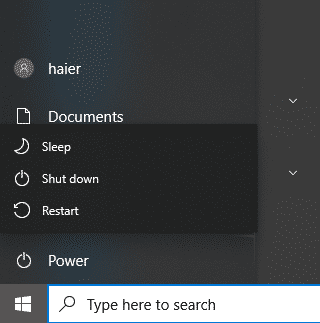
Once done, go back to Google Chrome and check if the problem is solved.
2. Try Using Incognito.
One of the quickest ways to fix the HTTP error code 431 on Google Chrome is to use incognito mode. This allows you to browse privately and use Chrome at default settings.
To do this, you can click on More Options > New Incognito Window. On the other hand, you can also press the CTRL + SHIFT + N keys to open Incognito Mode.
3. Check Your Network Connection.
A slow internet connection could also be the reason for the HTTP error code 431 on Google Chrome. To confirm this, perform a test using Fast.com to measure your network’s upload and download bandwidth.
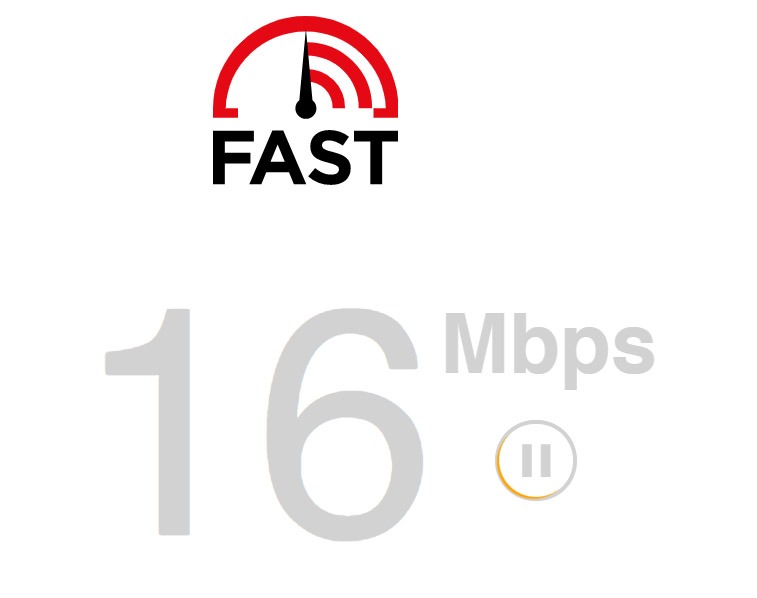
If you’ve confirmed that your network is the problem, restart your modem or router to refresh the connection with your ISP’s servers. Unplug your router from the outlet and wait for 5 to 10 seconds before reconnecting it.
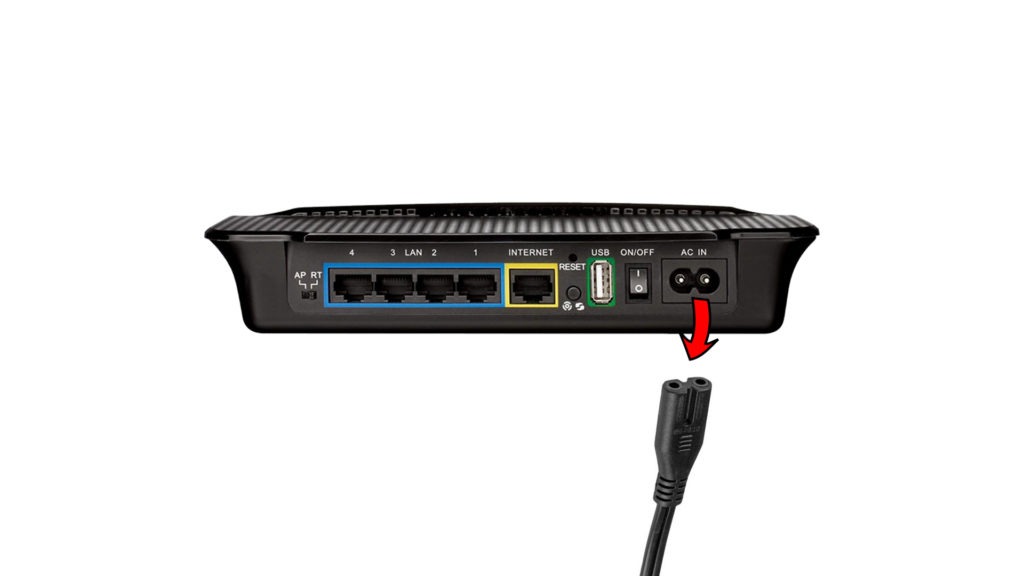
Once done, re-run the test on your network to check if the problem is solved. If not, report the issue to your service provider and ask them to handle the situation.
4. Clear Your Browsing Data.
Browsers store data on your computer, which are used to improve loading times and overall performance. However, these data could get corrupted or accumulate over time, causing issues with your browser and websites.
To fix this, clear your browsing data. Here’s what you need to do:
- On your keyboard, press CTRL + H while your browser is open. This will launch the History tab.
- Inside the History tab, click on Clear Browsing Data.
- Now, make sure the ‘Cached Images and Files’ and ‘Cookies and Other Site Data’ is selected.
- Lastly, click on the Clear Data button to start the process.
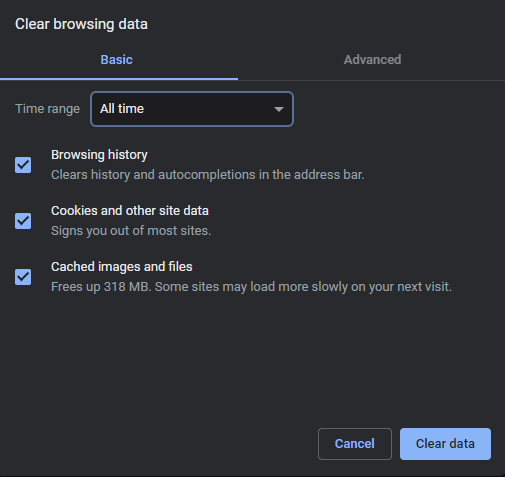
Relaunch your browser afterward and check if the problem is solved.
5. Disable Browser Extensions.
Browser extensions are third-party tools that provide additional features to your browser. However, some extensions are not compatible with the websites you visit which can cause issues.
To rule this out, try disabling your browser extensions. Check out the steps below to guide you through the process:
- On your browser, click on the Options button at the top right corner of your screen.
- After that, click on the Settings tab.
- Inside Settings, click on the Extensions tab to open it.
- Lastly, turn off all the extensions that you’ve installed.
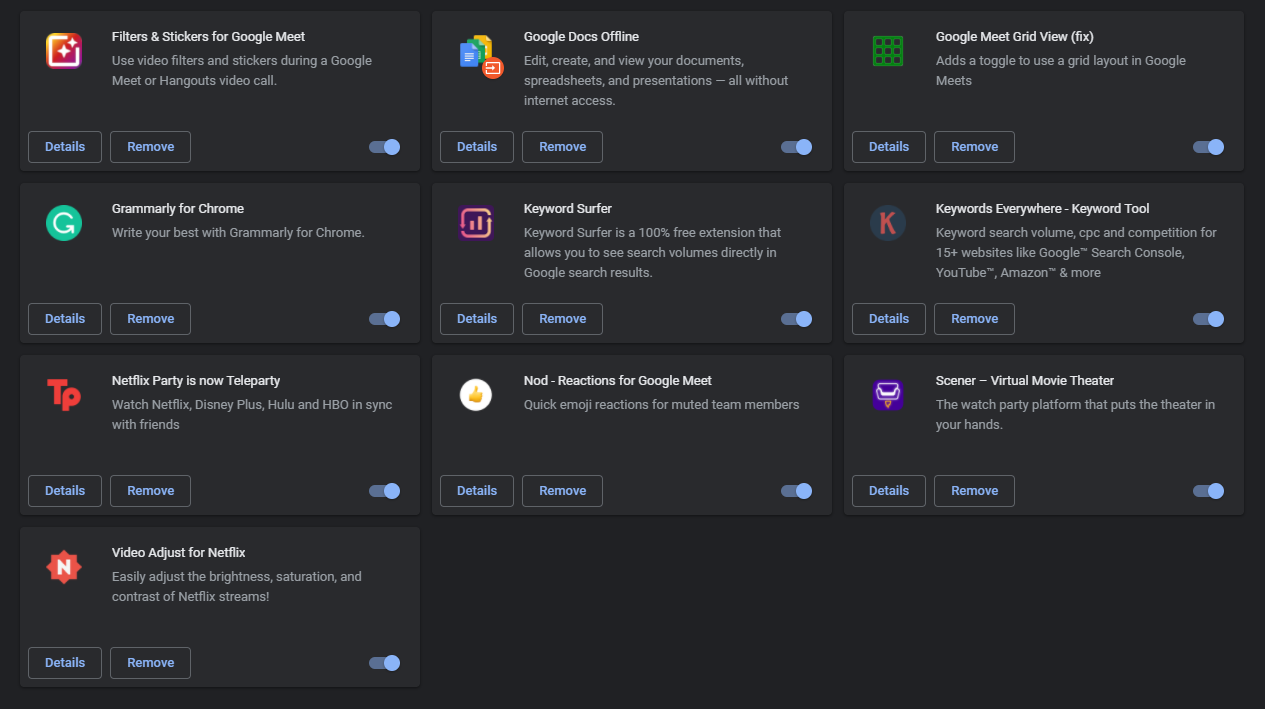
Try visiting random websites afterward to check if the problem is solved.
6. Try Another Browser.
If none of the solutions above worked, the last thing you can do is try using a different browser to access the websites you’re trying to visit. Google Chrome might have an ongoing issue that causes the HTTP error code 431.
We recommend using popular browsers like Mozilla Firefox, Opera, and Edge to see if the same error would appear.
That ends our guide on how to fix the HTTP error code 431 on Google Chrome. If you have questions or other concerns, please leave a comment below, and we’ll do our best to answer them.
If this guide helped you, please share it. 🙂





